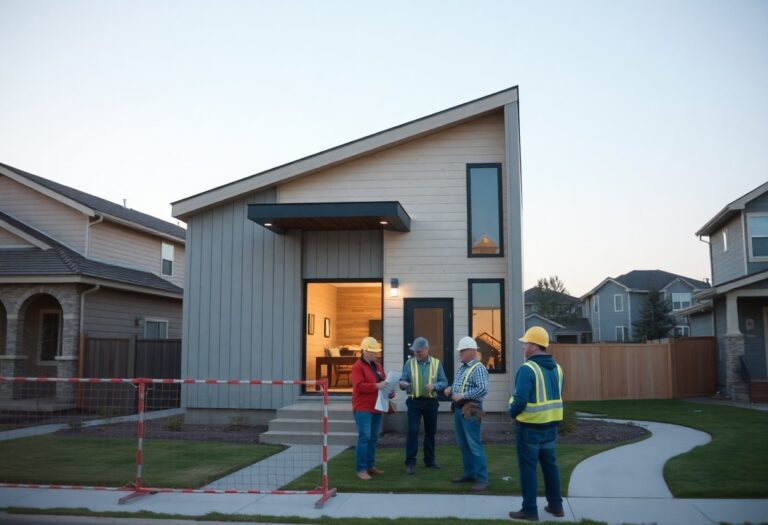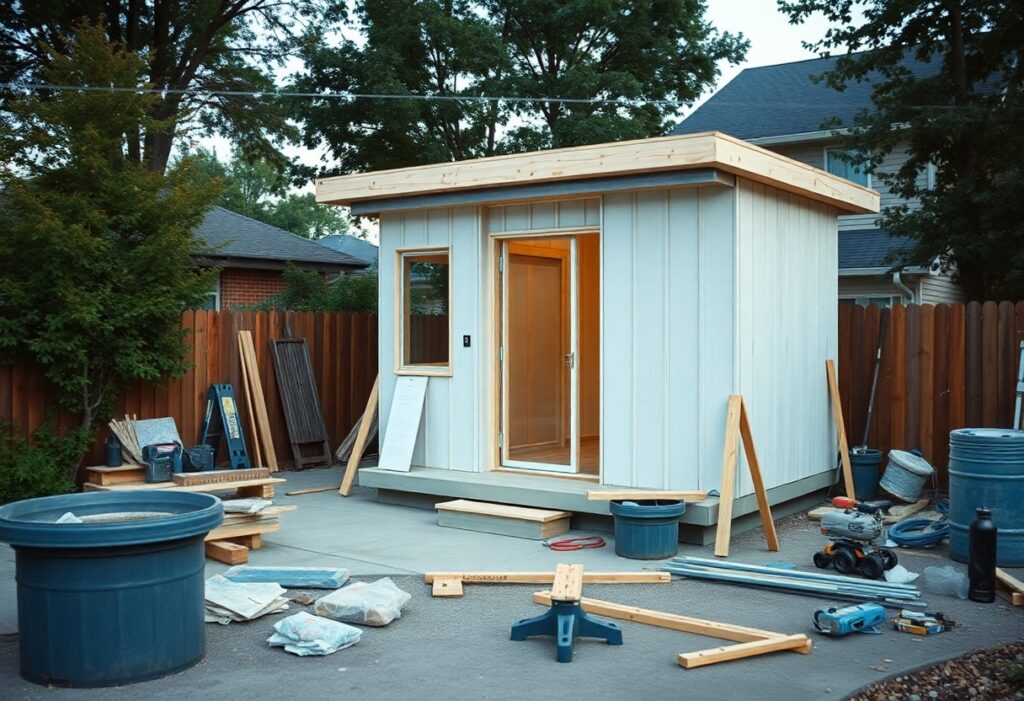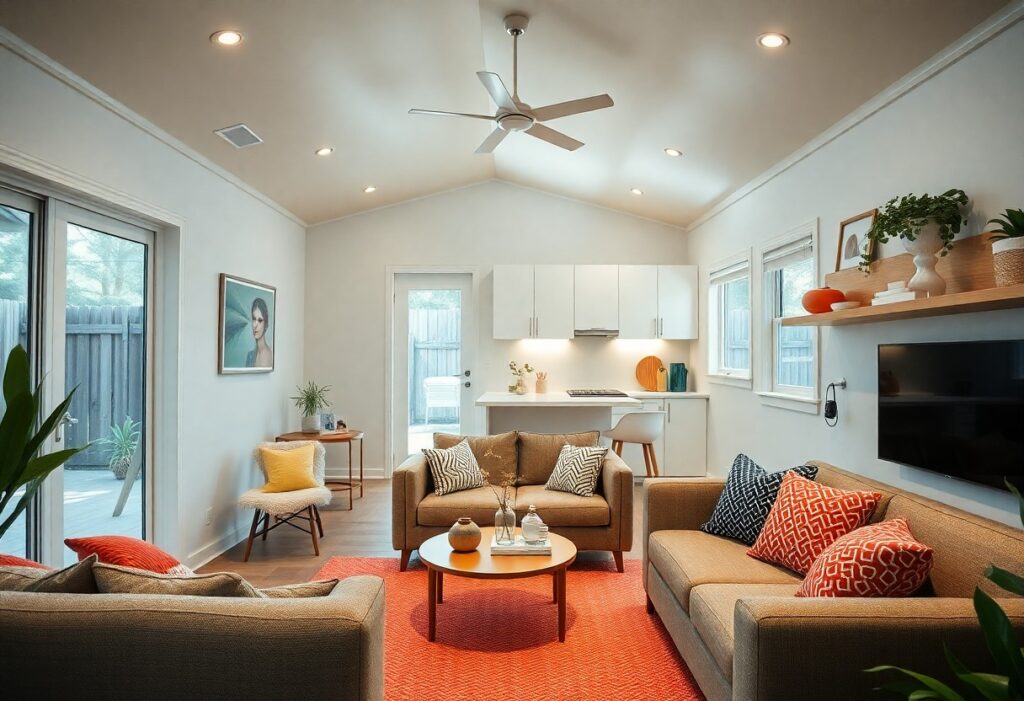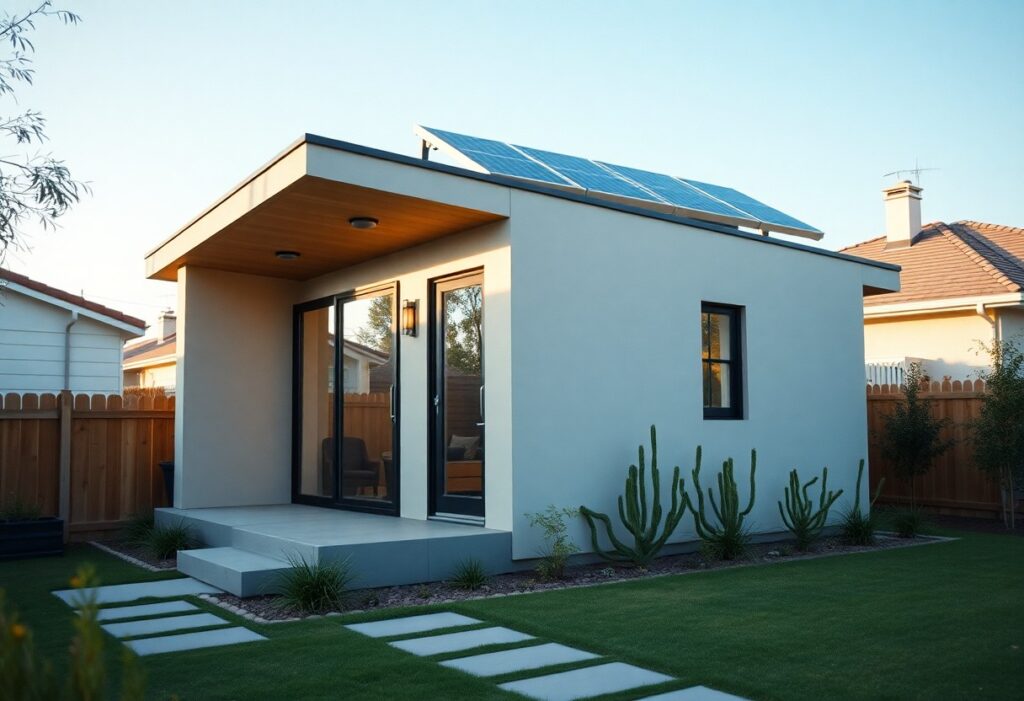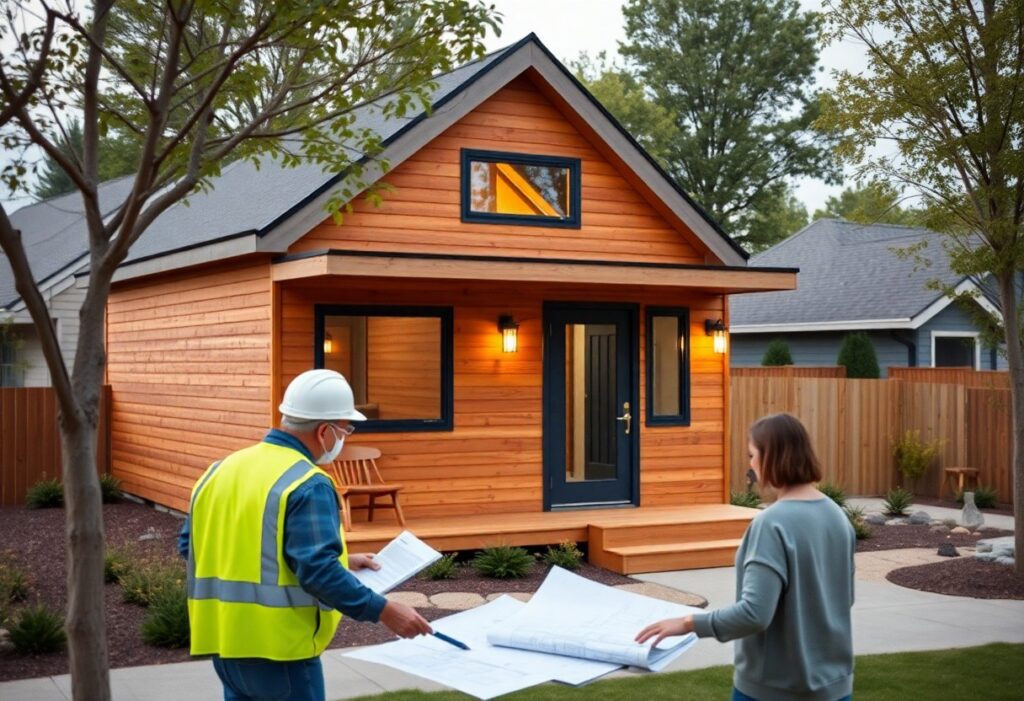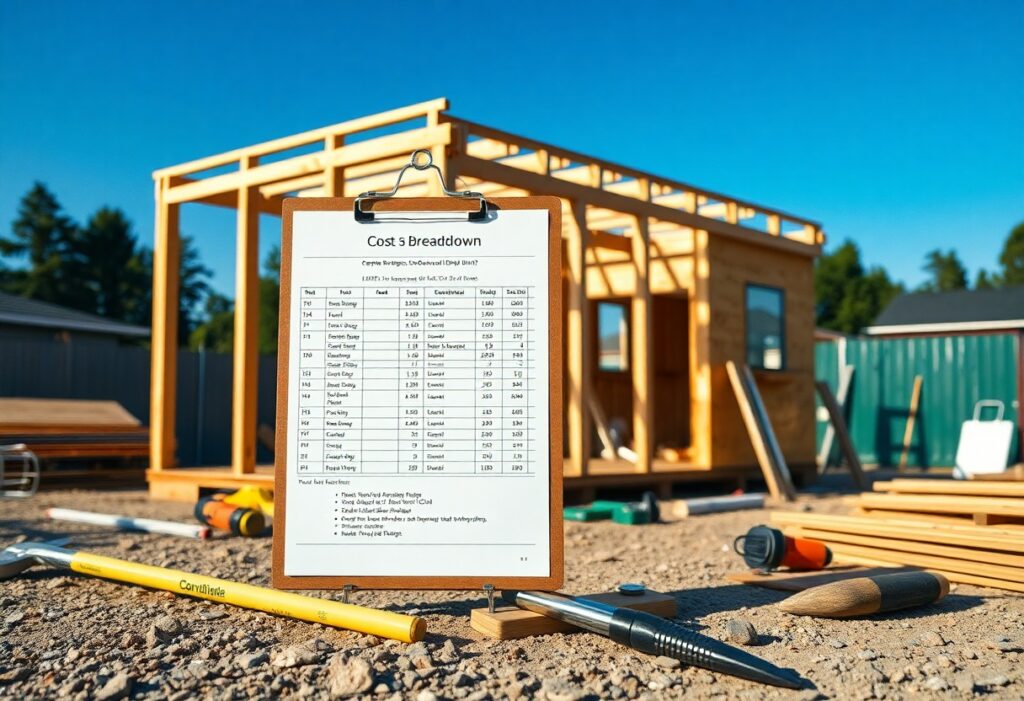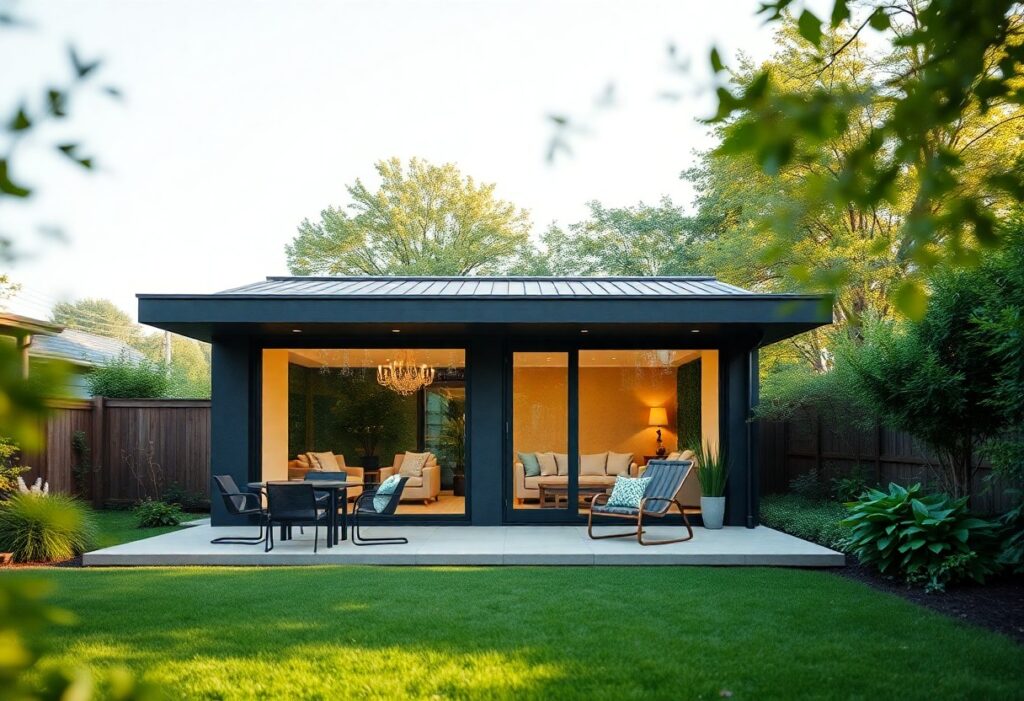Many homeowners like you find that restrictive setback standards stand in the way of developing Accessory Dwelling Units (ADUs). These regulations can hinder your efforts to expand your property and increase your housing options. By understanding the importance of reforming these standards, you can advocate for changes that promote more efficient and necessary housing solutions. Join us as we explore how addressing setback issues can unlock the potential for ADU development in your community.
Key Takeaways:
- Setback Standards are crucial regulations that can hinder or facilitate ADU (Accessory Dwelling Unit) development.
- Adjusting these standards can lead to greater affordability and access to housing options in urban areas.
- Community engagement is vital for successfully implementing changes in local zoning laws regarding ADUs.
- Increasing ADU developments can help alleviate housing shortages by maximizing existing land use.
- Collaboration between policymakers, architects, and community members is necessary to innovate solutions that enable more flexible housing designs.

Understanding ADUs
Before diving deeper, it’s vital to grasp what Accessory Dwelling Units (ADUs) encompass. These living spaces, often called “in-law suites” or “guest houses”, are versatile additions that can provide housing solutions in varied forms while catering to different needs in your community.
Definition and Types of ADUs
Any ADU is a secondary housing unit on a single-family lot. They can be attached to the primary dwelling or stand alone. Common types of ADUs include:
| Attached ADUs | Units that are integrated into existing structures. |
| Detached ADUs | Separate buildings like guesthouses or tiny homes. |
| Converted Spaces | Spaces such as basements or garages turned into living quarters. |
| Carriage Houses | Upper spaces built over garages or outbuildings. |
| Senior Housing ADUs | Designed specifically to accommodate elderly family members. |
Recognizing the different types of ADUs can help you decide what best suits your property and community needs.
Benefits of Accessory Dwelling Units
Along with creating additional living space, ADUs offer multiple advantages for you as a homeowner. They can enhance property value, generate rental income, and foster multi-generational living arrangements.
To maximize your property’s potential, consider the positive aspects of ADUs: they provide financial benefits through rental income, improve the value of your property, and offer housing flexibility for you and your family. Additionally, ADUs contribute to those facing housing shortages, helping to develop compact, sustainable communities. These enhancements not only make your space more valuable but also enrich your neighborhood. Ultimately, ADUs are a strategic investment, providing significant returns and fostering community connections.
Current Setback Standards
The current setback standards play a vital role in the development of Accessory Dwelling Units (ADUs). These regulations dictate how far these structures must be positioned from property lines, which can significantly impact the feasibility of your project. By understanding these standards, you can navigate local zoning laws more effectively and explore opportunities for your ADU development.
Overview of Existing Regulations
For many homeowners, a clear understanding of existing regulations regarding setbacks is necessary for ADU planning. Typically, local ordinances stipulate specific distance requirements from the lot lines, front yards, and other structures. These rules vary widely depending on your location, so it’s important to consult your local guidelines to ensure compliance and maximize your project’s potential.
Challenges Posed by Setback Requirements
Requirements for setbacks can create significant obstacles in your ADU development. These strict distances often limit the usable area on your lot, making it difficult to design a functional living space. Additionally, complex zoning laws can also lead to confusion and potential delays in your construction timeline, further complicating the process.
Challenges associated with setback requirements can escalate your project’s costs and timelines. For instance, if the mandated distance is too extensive, you might find yourself unable to place an ADU on your property, or worse, you may need to invest in extensive landscaping or alterations to meet regulations. Furthermore, the potential for conflicting local regulations could complicate your planning process, making it vital to conduct thorough research ahead of time. By identifying these hurdles early, you will be better equipped to find strategies that will allow you to navigate through them effectively.
Proposal for New Standards
For those looking to enhance ADU development, a new set of standards is vital. These guidelines aim to streamline the approval process and remove unnecessary barriers. You can find detailed information on ADU Laws and Regulations in Oceanside – 2024 for a clearer understanding of the current landscape and proposed changes.
Rationale for Change
Before entering into new guidelines, it’s important to recognize the pressing need for improvement in ADU policies. These changes will foster increased housing opportunities, address affordability issues, and support community growth.
Key Recommendations for Adjustments
Behind the proposed changes is the necessity to simplify the permitting process and reduce strict zoning laws that hinder ADU development. Your ability to navigate regulations will be significantly improved by implementing these adjustments.
Another vital element of these recommendations is to enhance community engagement in the ADU approval process. By encouraging input from residents and fostering transparency, you can help ensure that new developments meet community needs. Implementing flexible design standards will also allow for greater creativity in ADU construction, leading to innovative solutions that can accommodate diverse lifestyles. Overall, these changes will pave the way for a more robust and sustainable approach to ADU development.
Case Studies of Successful ADU Developments
Now, exploring successful ADU developments reveals how effective strategies can foster affordability and sustainability. Here are noteworthy case studies:
- Los Angeles, CA: Over 15,000 ADUs completed since 2017, reducing housing costs by 30%.
- Portland, OR: 3,500 ADUs created, contributing to a 20% increase in urban density.
- Seattle, WA: 5,000 ADUs permitted, achieving a 25% boost in affordable housing.
- Austin, TX: 2,500 ADUs, generating a 15% decrease in housing shortages.
Innovative Approaches in Different Regions
Approaches to ADU development vary widely, reflecting local needs and regulations. For instance, some communities utilize public-private partnerships to streamline permitting processes, while others embrace modular construction to reduce costs and construction time, ultimately enhancing affordability.
Lessons Learned from Adaptive Strategies
Approaches to enhancing ADU development often reveal important lessons. Adopting flexible zoning regulations can significantly impact accessibility and affordability. Ensuring ADUs comply with community standards maximizes acceptance and minimizes disputes. Listening to resident concerns while showcasing the benefits of ADUs can reduce friction and facilitate growth.
The success of adaptive strategies in ADU development illustrates the significance of community engagement and policy innovation. Fostering active dialogue among stakeholders ensures that your development meets local needs. Additionally, adapting designs to local contexts enhances the cultural acceptance of ADUs, making them not only an affordable solution but also a welcomed addition to neighborhoods.
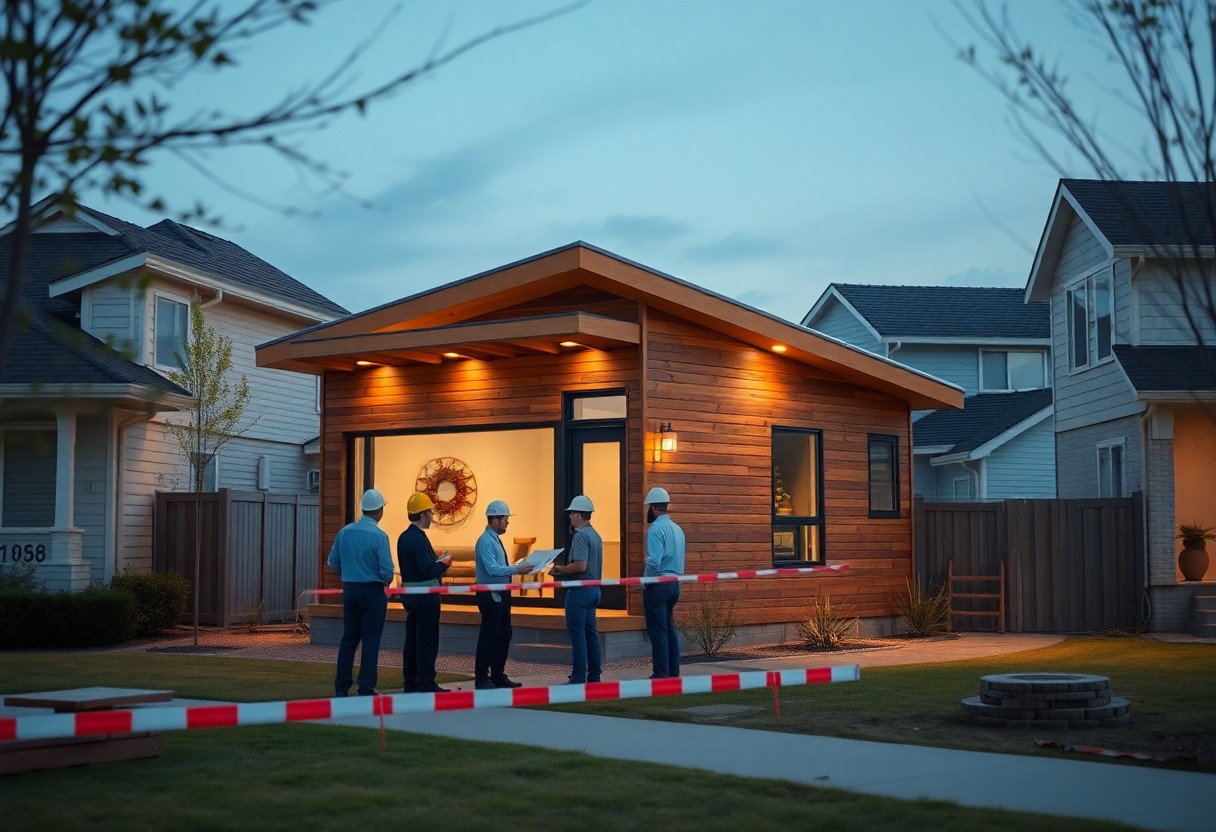
Potential Impact of Revised Standards
Not only can revised setback standards streamline the ADU development process, but they can also promote greater housing density in your community. This change can ultimately ease the burden of housing shortages. For more insights, explore Four Ways to Boost ADU Production.
Economic and Community Benefits
Benefits of updated setback standards extend to economic growth and enhanced community dynamics. Lower barriers can encourage more ADU projects, contributing to local jobs and increased tax revenues. This could lead to improved services and infrastructure in your neighborhood.
Addressing Housing Shortages
An increase in ADUs can directly address your community’s housing shortages. By implementing revised standards, you can enhance housing options available for families, individuals, and students alike.
A recent report suggests that adding ADUs could significantly alleviate housing crunches faced by urban areas. These structures are not just supplementary dwellings; they serve as a vital resource for those in need of affordable housing solutions. The benefits are far-reaching, with communities experiencing increased diversity as they become home to families, young professionals, and retirees alike. By embracing the development of ADUs, you contribute to a more sustainable housing landscape that enriches your entire neighborhood.
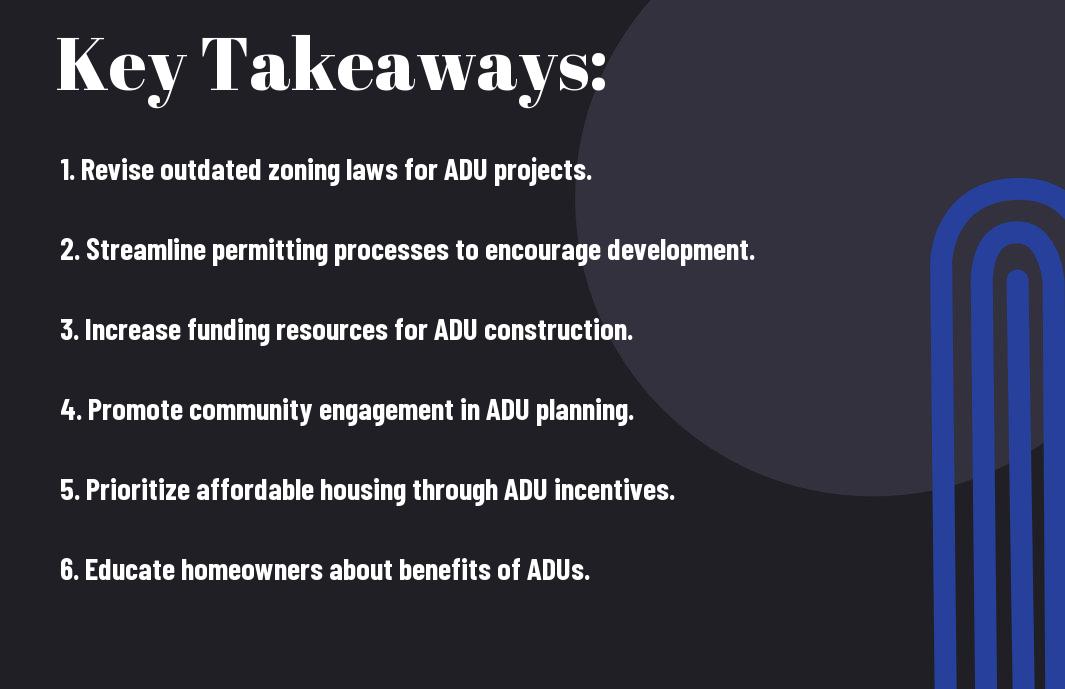
Summing up
On the whole, understanding the barriers to Accessory Dwelling Unit (ADU) development can empower you to advocate for more flexible setback standards in your community. By addressing these regulations, you can help create opportunities for affordable housing and increased property value. Embracing innovative solutions will not only benefit you as a homeowner or developer but also contribute positively to the housing crisis. As you engage with local policies, your efforts have the potential to inspire change and promote sustainable growth in your area.
FAQ
Q: What are Accessory Dwelling Units (ADUs) and why are they significant?
A: Accessory Dwelling Units (ADUs) are secondary housing units located on the same lot as a primary residence. They can be garage apartments, basement suites, or even tiny homes in the backyard. ADUs are significant because they provide additional housing options, support family living arrangements, and can address housing shortages in urban areas by maximizing existing land use.
Q: What are some common setbacks that currently hinder ADU development?
A: Common setbacks include restrictive zoning regulations, limitations on size and height, complex permitting processes, and requirements for off-street parking. These regulations can discourage homeowners from pursuing ADU projects and lead to delays or additional costs.
Q: How can changes to setback standards enhance ADU development?
A: Modifying setback standards can lead to increased flexibility in design and placement of ADUs. By reducing the minimum distance required between an ADU and property lines or primary structures, municipalities can encourage more homeowners to develop ADUs, ultimately increasing housing availability in their communities.
Q: What role do local governments play in fixing setback standards for ADUs?
A: Local governments are responsible for establishing zoning laws and building codes. By actively reviewing and revising setback standards, they can facilitate ADU development that meets community needs. This may involve engaging with residents, conducting studies, and considering best practices from other regions to create an environment conducive to ADUs.
Q: Are there any financial incentives for homeowners to build ADUs after standards are revised?
A: Yes, some local governments and states offer financial incentives such as grants, low-interest loans, or tax credits to encourage ADU development. Additionally, homeowners may benefit from increased property values and potential rental income from their ADUs, making the project financially appealing after setbacks are addressed.

